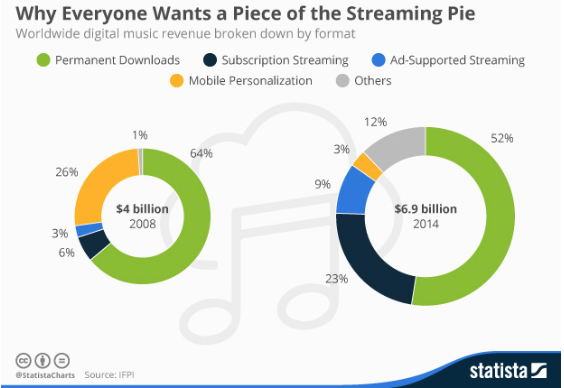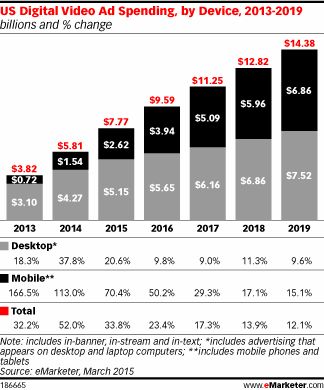Even though the likes of Netflix, Hulu and even Twitch are breathing down its neck when it comes to getting more advertising opportunities, the television industry is still strong when it comes to effectiveness in advertising.
A recent study conducted by Turner Broadcasting and Horizon Media, through marketing-analytics company MarketShare, recently analyzed various marketing optimizations used by major advertisers over the past five years, spanning from 2009 to 2014. From that, it believes that TV advertising effectiveness has remained steady, despite growing competition, according to Adweek.
In addition, TV has managed to outperform both digital and offline channels when it comes to key performance metrics, such as sales and new accounts. In addition, networks’ premium digital video managed to deliver higher than average returns when compared with short-form video content from non-premium channels.
Other findings are as follows:
- MarketShare analyzed advertising performance across industry and media outlets like television, online display, paid search, print and radio advertising and found that TV has the highest efficiency at achieving key performance indicators, or KPIs, like sales and new accounts. When comparing performance at similar spending levels, TV averaged four times the sales lift of digital.
- TV has maintained its effectiveness at driving advertiser KPIs over the last five years. In a study using data from a luxury automaker, TV was the only medium to maintain its effectiveness (a 1.5 percent decrease in five years) while the other advertising media—both online and offline—declined more than 10 percent.
- TV marketers can optimize their spend by leveraging data sources, including high-frequency consumer interactions like website visits and inbound calls, to improve TV advertising performance.
- Premium online video from broadcast and cable networks out-performs video content from other publishers.
“We really wanted to do the study to better understand how TV’s effectiveness – not average rating, but effectiveness – at driving key KPIS for advertisers has changed over time,” said Howard Shimmel, chief research officer for Turner Broadcasting. He added that when Turner sees reports with advertisers moving “big-budget shares out of television, we think that might be driven by the assumption that TV’s effectiveness is being diminished.”
Eric Blankfein, chief of Horizon Media’s Where Group, added that when clients seek to migrate their budgets to video, “because of that lack of consistent measurement, we’re not sure how effective those dollars are performing in the digital space. So, it was very important from our perspective to start to quantify business performance relative to TV advertising.”
“TV is the giant megaphone,” according to Isaac Weber, vice president of strategy at MarketShare. “When you want to get a message out, that’s still really the most powerful means to do it. The way that people view and consume television has changed…but I think the question is less about what has changed with television and more about what are some of the underlying issues with some of these other vehicles.”
Shimmel added, “We’re not say that digital is bad, but digital just can’t make up the reach that TV delivers. And digital, used in a way that’s complementary to TV, is a more effective strategy.”
More details about the report can be found here.




